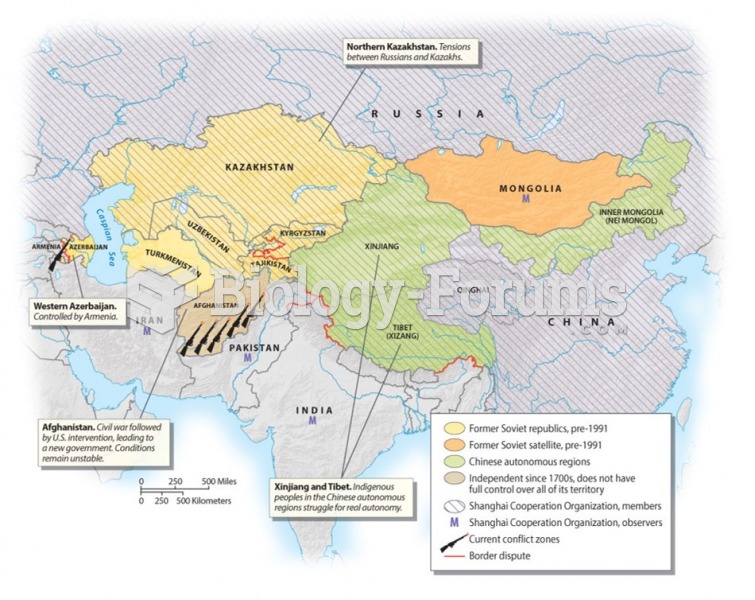|
|
|
Did you know?
People about to have surgery must tell their health care providers about all supplements they take.
Did you know?
When intravenous medications are involved in adverse drug events, their harmful effects may occur more rapidly, and be more severe than errors with oral medications. This is due to the direct administration into the bloodstream.
Did you know?
The longest a person has survived after a heart transplant is 24 years.
Did you know?
The term pharmacology is derived from the Greek words pharmakon("claim, medicine, poison, or remedy") and logos ("study").
Did you know?
About 100 new prescription or over-the-counter drugs come into the U.S. market every year.







